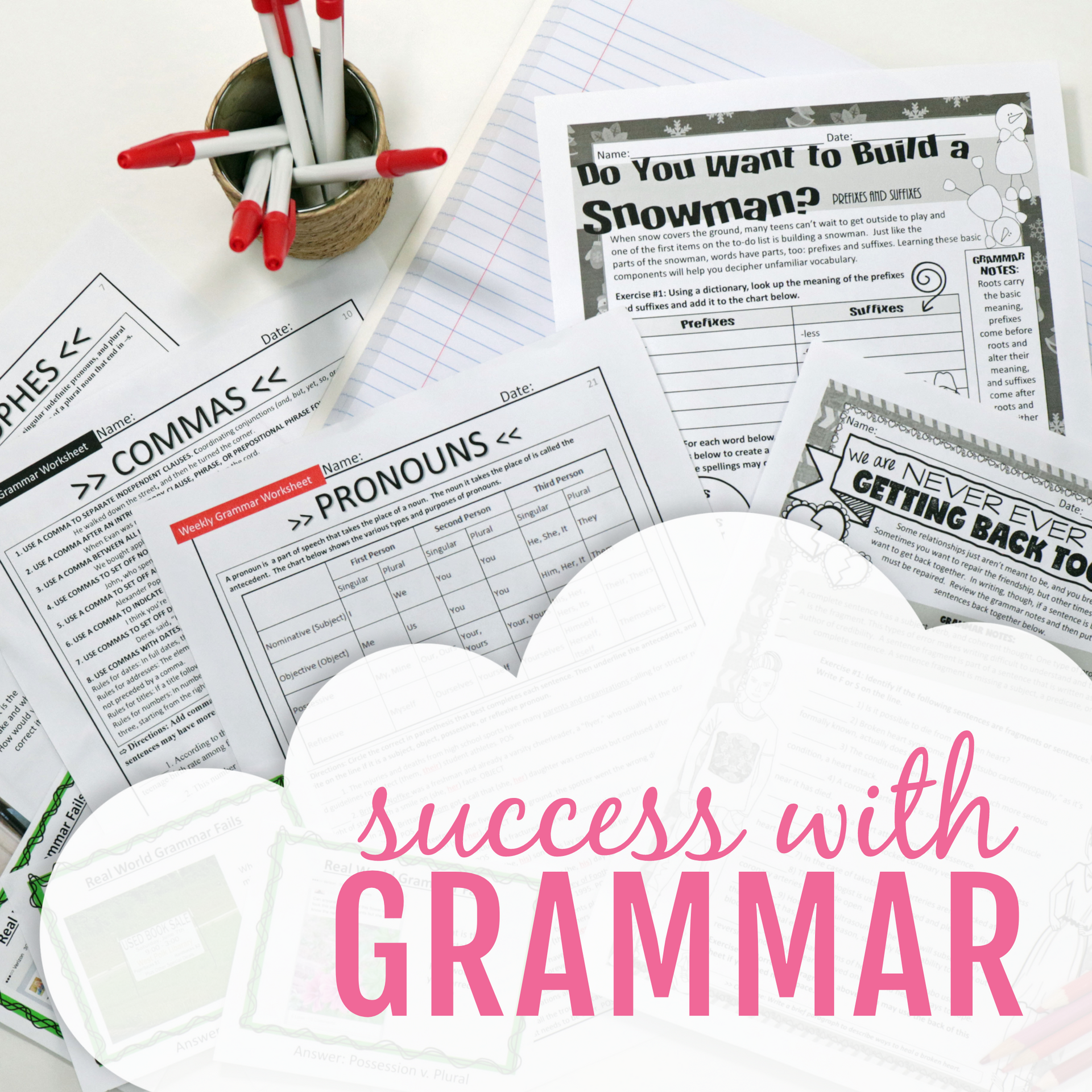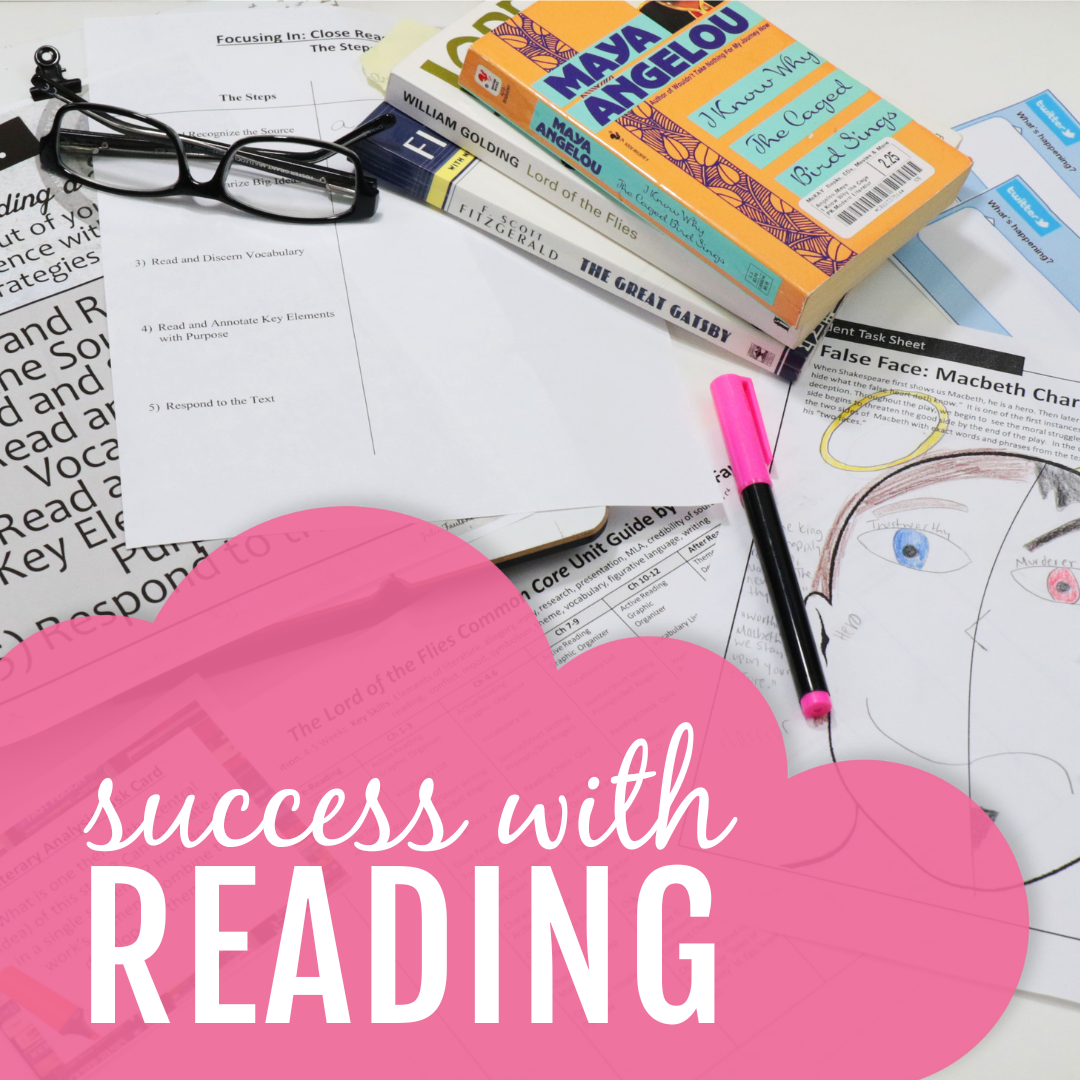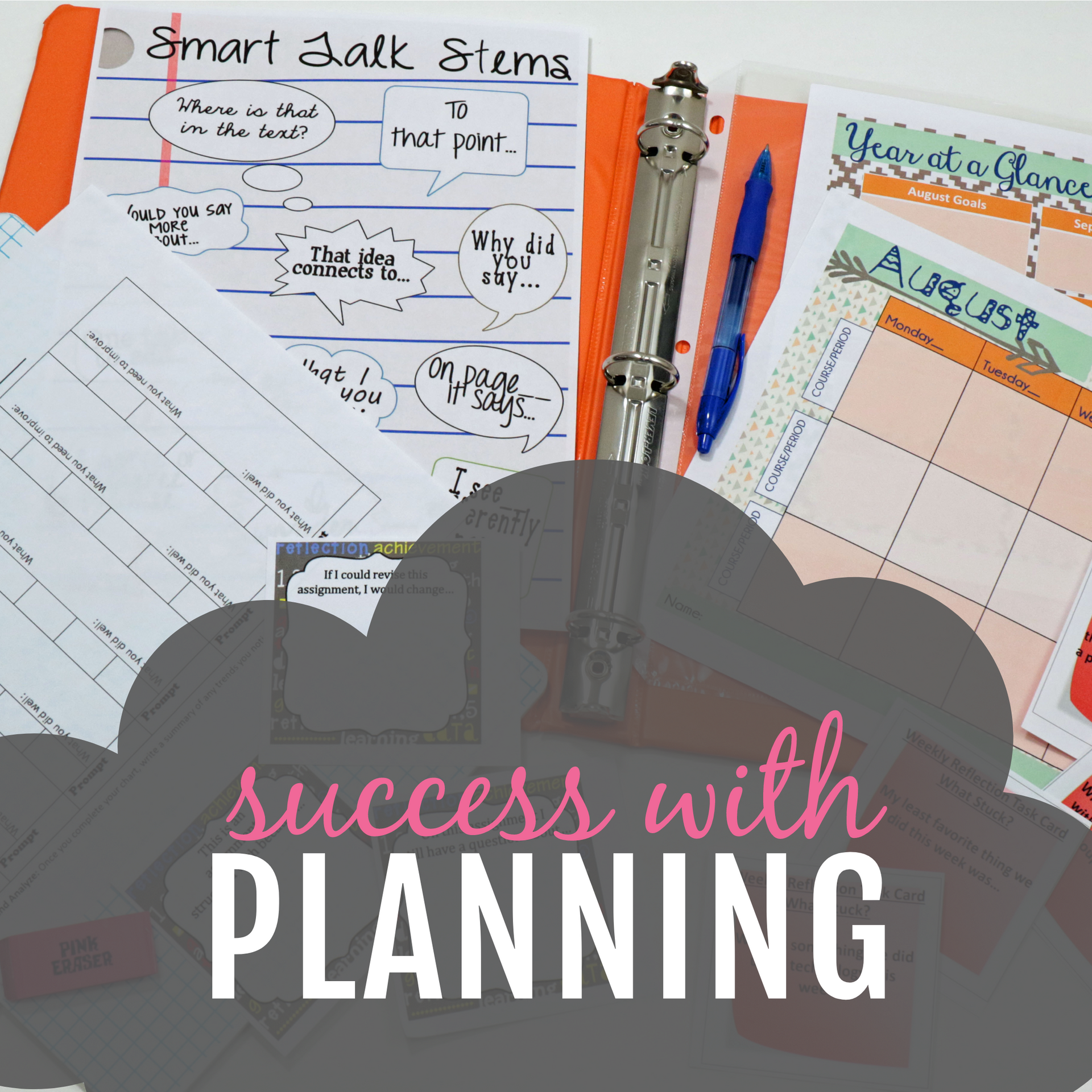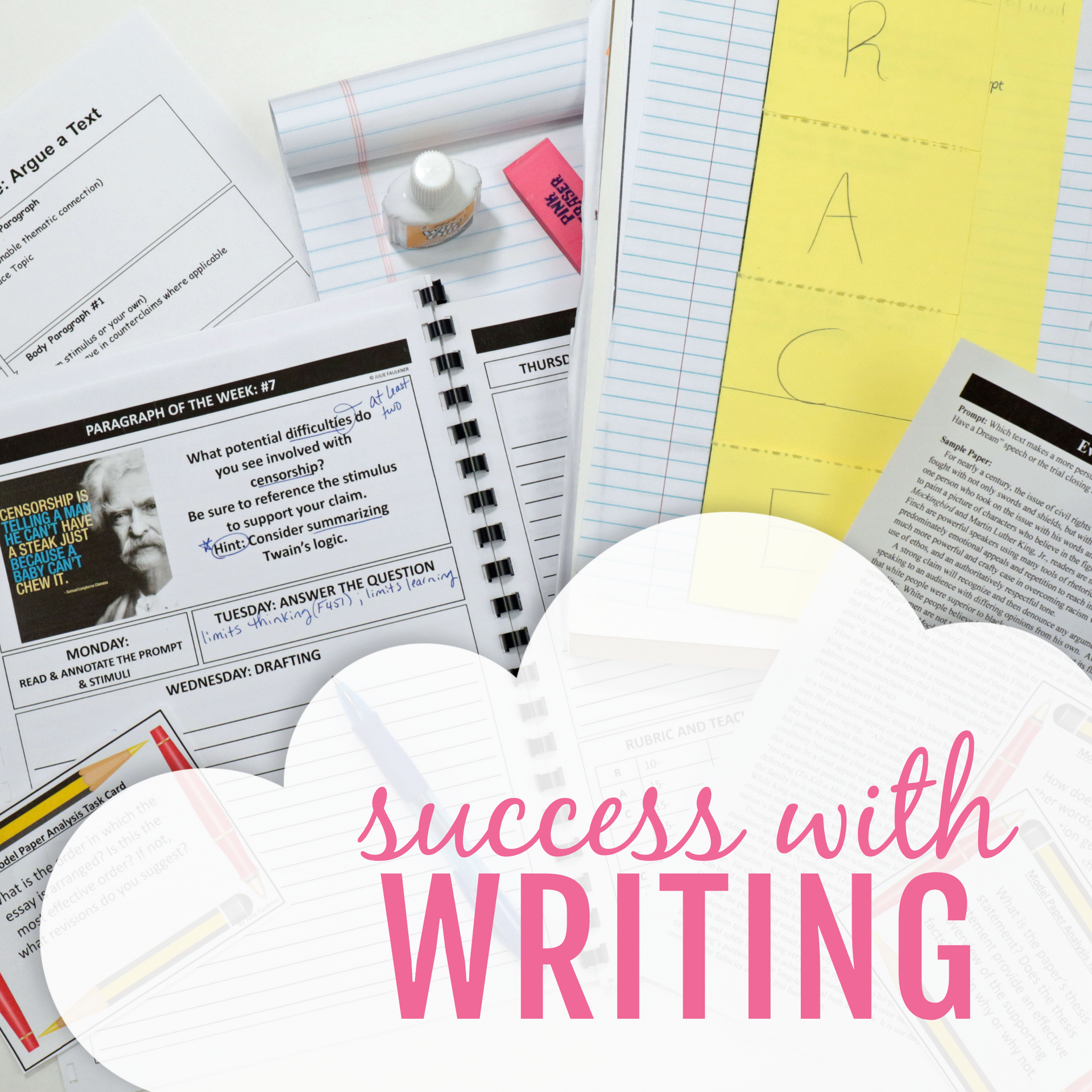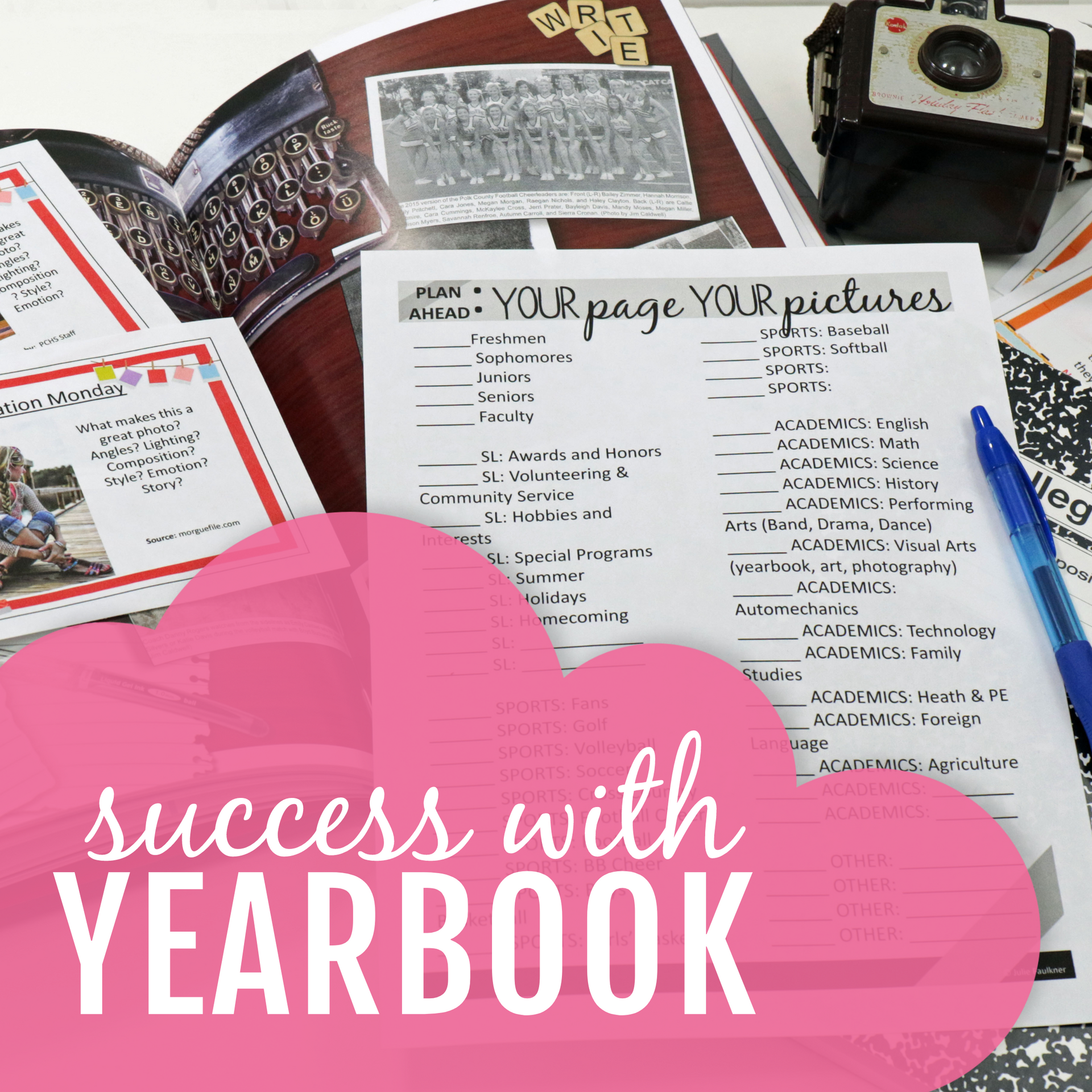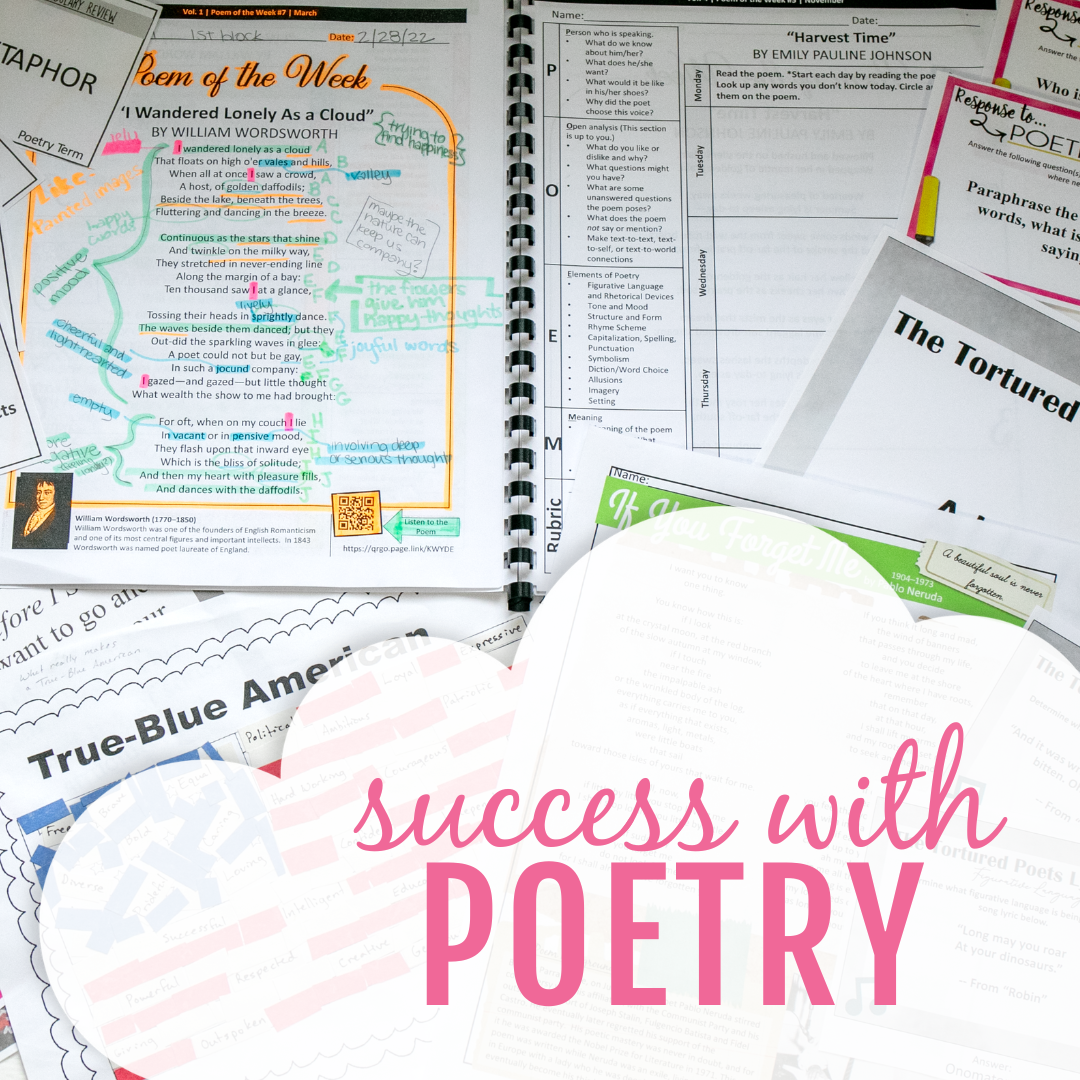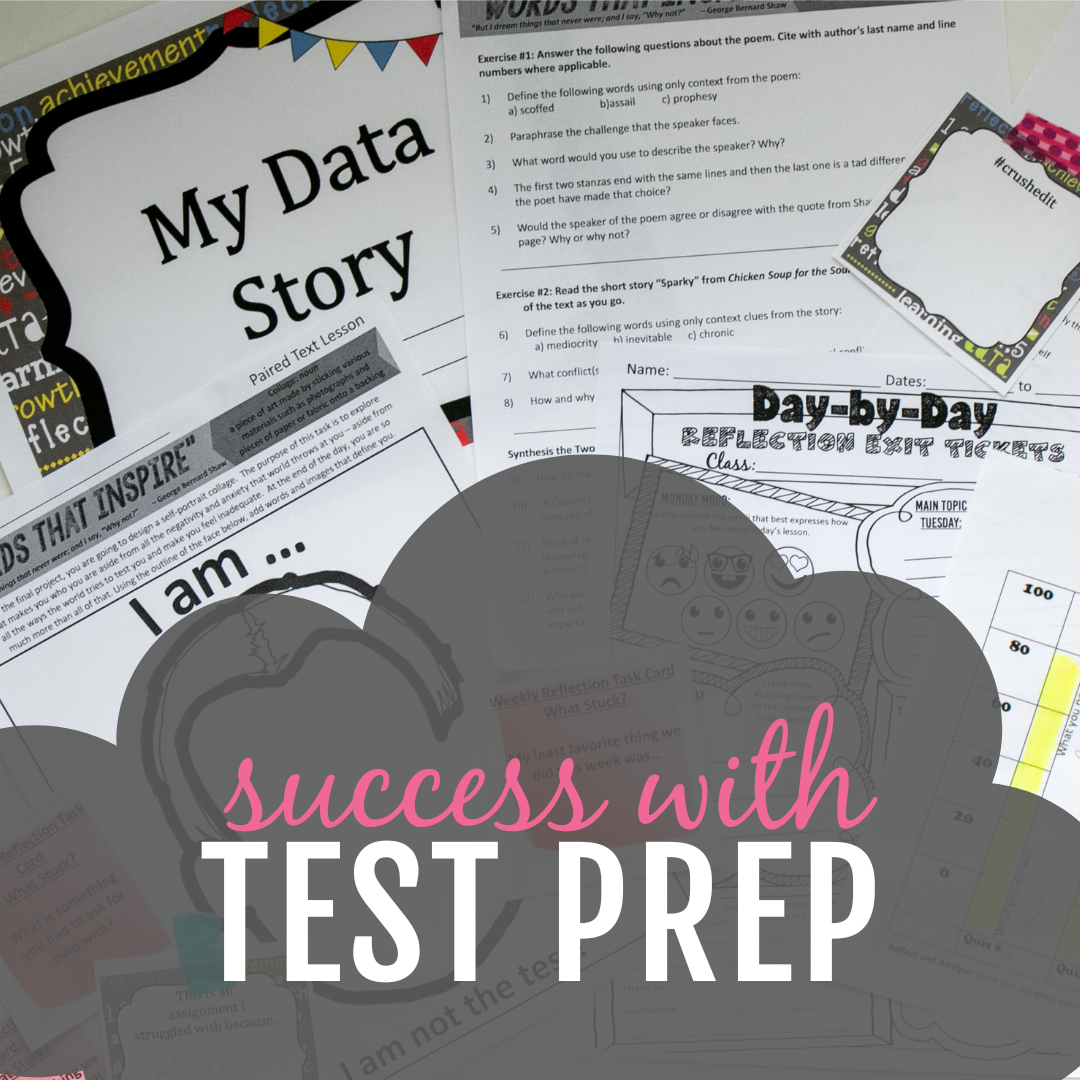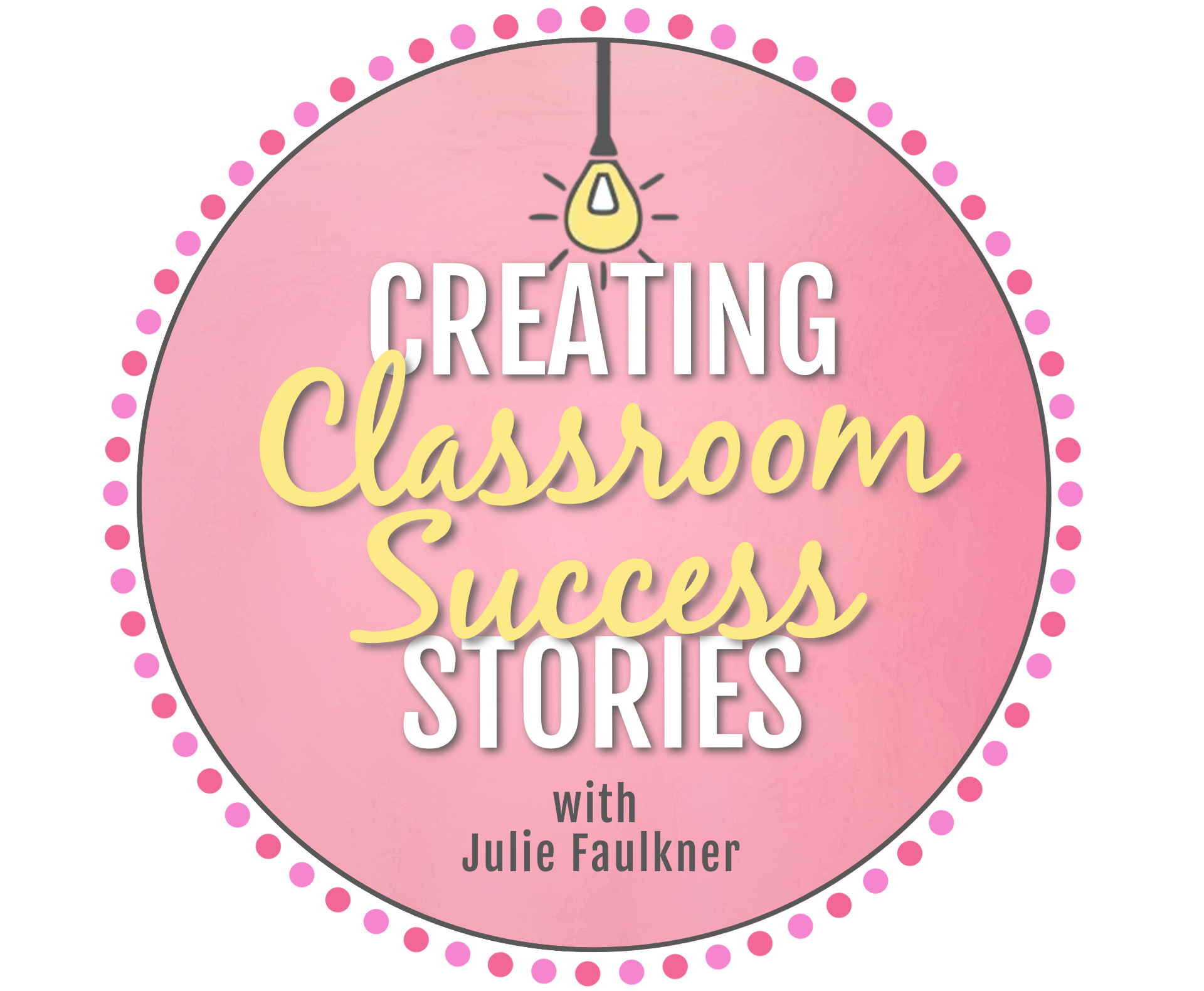
If you're an ELA teacher looking for consistent, no-prep bell ringers for the entire year for middle or high school students, this post is your goldmine. With 36 weeks of grammar practice, writing prompts, poetry analysis, or reading comprehension activities, you’ll have your entire year of bell ringers planned!

Tired of hearing “I don’t get it” every time you teach a poem? This blog post shares 5 teacher-tested strategies that build student confidence before the confusion kicks in. From guided annotations to smart poem pairings, these moves help students approach poetry with curiosity instead of panic. Think: less frustration, more “aha!” moments.

Let me let you in on a little secret: I actually like test prep season! I don't love that students have to take the tests (we can discuss that another day), but what I love is that this time is when we can slow down and reflect. There's no more pressure to teach new material, and it's also a signal that the end of the year is near! However, I know that means students are also super close to done and prepping for tests can really start to wear them thin. That’s why I stick to test prep strategies that work—no fluff, no gimmicks, just solid, old-fashioned review. While flashy new methods come and go, the classic approach still delivers results. By focusing on structured review, targeted practice, and immediate feedback, we can keep students engaged without burning them out. Here’s how to make test prep both effective and manageable.

Providing effective academic feedback on writing is one of the most impactful ways educators can support student growth. Research and experience consistently show that timely, meaningful feedback clarifies expectations and helps students develop critical skills for success in writing and beyond. Whether you’re following evaluation rubrics like TEAM or preparing students for AP Language standards or EOC writing tests, creating a system for giving and receiving feedback is essential. In this post, I’ll summarize five key strategies to make academic feedback a game-changer in your classroom.





